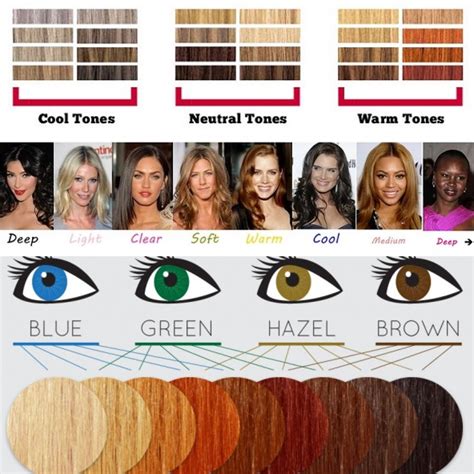Best 10 Hair Colors for Women: A Guide to Finding Your Perfect Shade

Introduction
Choosing the right hair color can be a daunting task, but it’s essential for enhancing your natural beauty and expressing your personal style. This comprehensive guide will provide you with in-depth knowledge about the best hair colors for women, including current trends, flattering shades, and essential tips for achieving a flawless transformation.
Color Wheel Theory
Understanding the color wheel is crucial for selecting the most complementary hair color. The wheel consists of primary, secondary, and tertiary colors, arranged in a spectrum. Complementary colors, which lie opposite each other on the wheel, create the most striking contrast.
Tone and Level
Hair color is determined by its tone and level. Tone refers to the underlying warm or cool hues, while level indicates the darkness or lightness of the color, ranging from 1 (black) to 10 (blonde).
Fair Skin Tones
- Best warm shades: Golden blonde, warm brown, caramel, copper, auburn
- Best cool shades: Ash blonde, platinum blonde, icy pink, silver
Medium Skin Tones
- Best warm shades: Honey blonde, chestnut brown, chocolate brown, amber, peach
- Best cool shades: Mahogany brown, mushroom brown, burgundy, berry
Dark Skin Tones
- Best warm shades: Chocolate brown, golden brown, cinnamon, toffee, chestnut
- Best cool shades: Blue-black, raven black, espresso, ebony, mahogany
Balayage
This technique creates a sun-kissed, natural-looking effect by hand-painting highlights onto the hair.
Ombre
Ombre involves blending two or more shades of hair color, creating a gradual transition from darker roots to lighter ends.
Sombre
Sombre is a softer version of ombre, featuring a more subtle gradation of colors and a less noticeable line of demarcation.
Rooted Color
Rooted color allows for the preservation of natural hair color at the roots, while adding highlights or lowlights throughout the rest of the hair.
Selecting a skilled and experienced hair colorist is paramount. Look for a professional who understands your desired look and can provide expert advice on the most flattering shades for your individual features.
- Consider your skin tone, eye color, and overall style.
- Experiment with temporary hair color or apps to preview your desired shade.
- Consult with your hair colorist for personalized recommendations and professional guidance.
- Research current hair color trends and consult fashion magazines or online platforms for inspiration.
- Going too dark: Dark hair colors can be aging and less flattering on mature skin tones.
- Choosing the wrong tone: Selecting a tone that clashes with your skin tone can result in an unflattering effect.
- Incorrect application: Improper application techniques can lead to uneven color distribution or damage to the hair.
- Over-processing: Excessive bleaching or chemical treatments can weaken the hair and cause breakage.
- Lack of maintenance: Regular touch-ups and proper hair care are essential to maintain the vibrancy and longevity of your hair color.
Choosing the perfect hair color is a transformative experience that can enhance your natural beauty and boost your confidence. By understanding the basics of hair color, exploring trending ideas, and following professional advice, you can achieve a stunning and flattering new look that complements your individual style.
